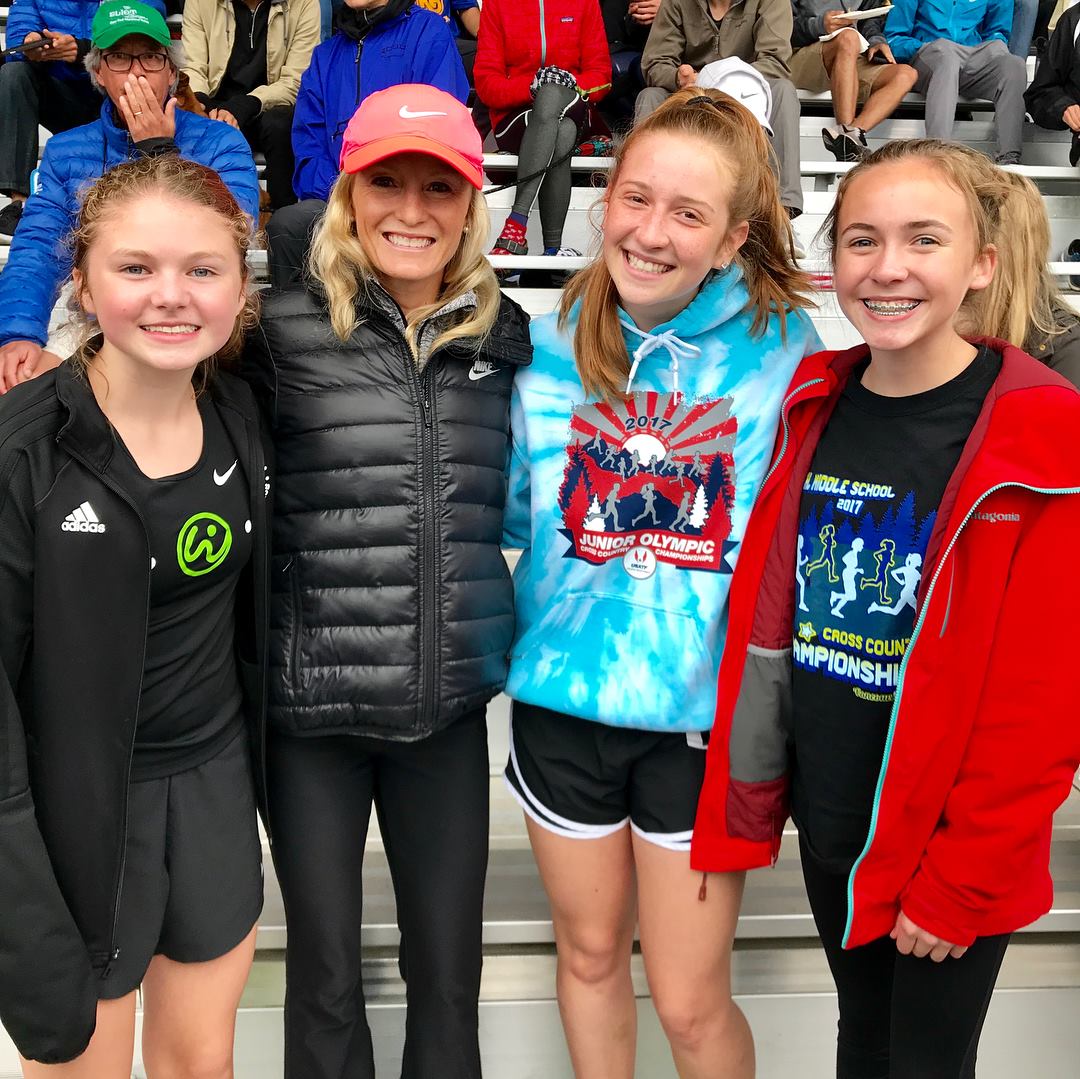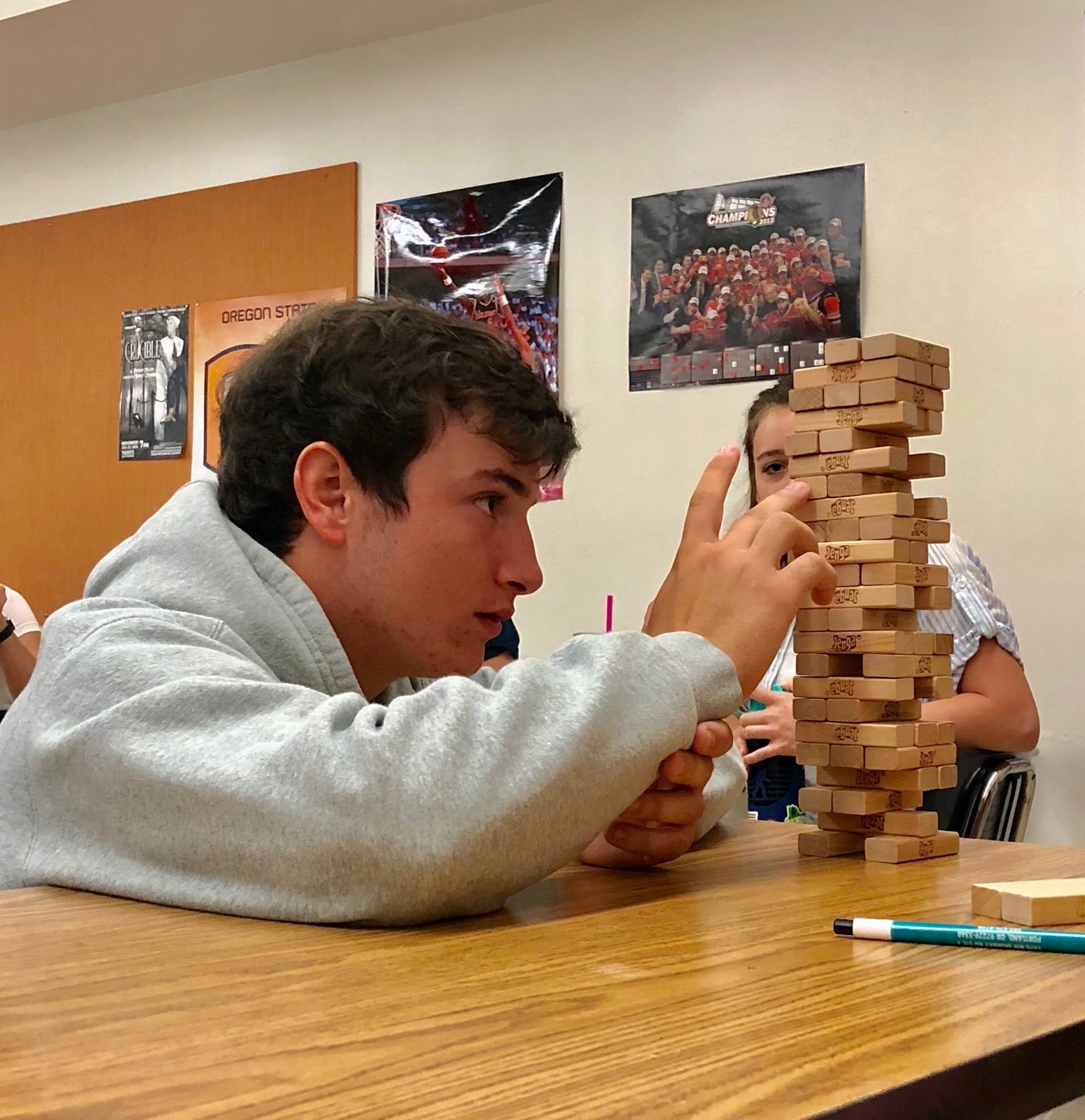With so many new faces this summer, I wanted to use this opportunity to give you the scoop as to how Whisper Running works on an annual basis.
Runcard: Peak times for Whisper span nine weeks in the summer in preparation for cross-country and nine weeks in the winter in preparation for track. Once the nine-week sessions conclude, middle school and high school training begins, and their seasons are underway. During the non-peak seasons, September-December and March-May, Whisper offers the Runcard, which is a pay-as-you-go type of training system. Simply pay a fee ($125 during non-peak seasons) and get eight runs/workouts. Workouts are typically 60-90 minutes on non-meet days and are held at familiar locations (Pacific Park, Clark College/HBay, Shahala MS). This fall, Whisper Runcard workouts will be scheduled on Monday’s, Wednesday’s, and some Saturday’s beginning August 27th.
XC Meets: The first meet of the season is September 1st at the Ultimook Race Nike Invitational in Tillamook, Oregon. This is a middle and high school meet, but Whisper will only suit up middle school participants for now. Most meets on the Whisper schedule do not conflict with the middle school practice or meet schedule, so local coaches typically support Whisper (or, frankly, have no clue the kids are even competing in the meets with Whisper). Check-out the meet schedule and see if it works for you. If your child would like to race with Whisper, there are a couple of things that need to be done: 1) Register with USATF. The cost is $20 and the process is fairly simply, yet will take a bit of time to fully complete. 2) 0\We have uniforms for $60 that we need to get fitted. If I do not have a singlet that fits, we can order more, but we need to do so quickly since the process takes about three weeks from order to arrival. That said, I have about 25 uniforms, so something should fit. 3) Finally, as long as you have an active Runcard, meet entries are free for your child.
Junior Olympics (USATF XC): The first race of the USATF Cross-Country season is Saturday, November 10 in Seattle, WA at Woodland Park. This is called the Association Meet and the top five teams, or 30 individuals qualify for the Regional Meet held on November 17th in Yakima, WA. The top 35 individuals and five teams qualify for the National Meet held in Reno, Nevada on December 8th. The experience to race in these meets is quite amazing for the kids, so it is my hope that yours will want to take part. Presently, we have 26 runners registered with the USATF (and a boys & girls 2004-2005 team), making them eligible to participate in the Association Meet on November 10th. Check-out the video created by Lindsay Owen, sister of Candi Owen, who was a participant on the National team last year, which took 13th in Tallahassee, Florida! Click on the respective links to see Team Whisper results from the 2017 Association, Region, and National meet!
So, again, welcome to Whisper! I’m beyond grateful for the opportunity to work with your child in helping them become better runners and citizens in the local community. I can be reached most any time of day and it is always a true delight to hear from runners, or parents of runners, seeking assistance, advice, or information about running, racing, or Whisper.
Looking forward to seeing you all at the Whisper XC Kickoff on Thursday, August 16th!




